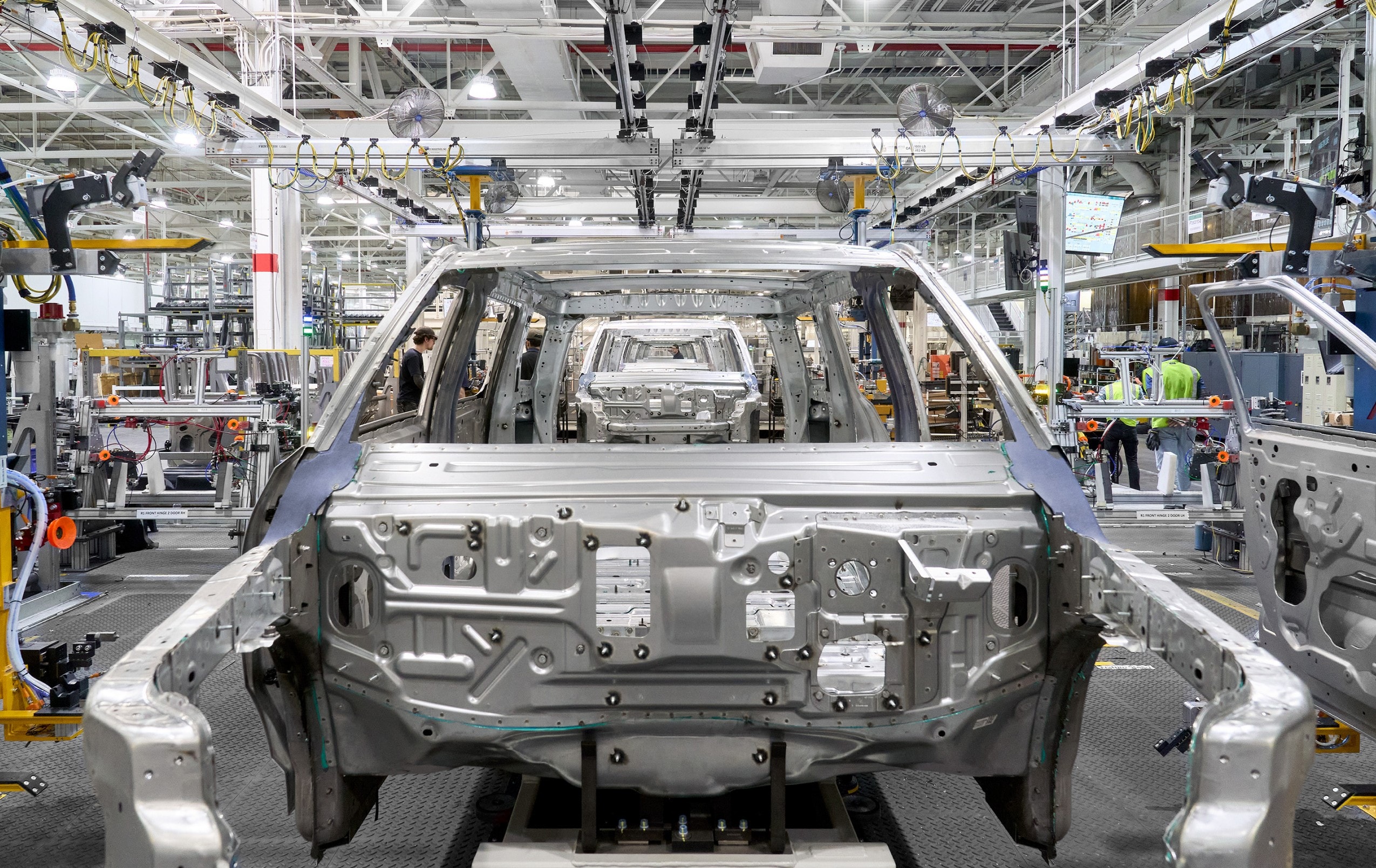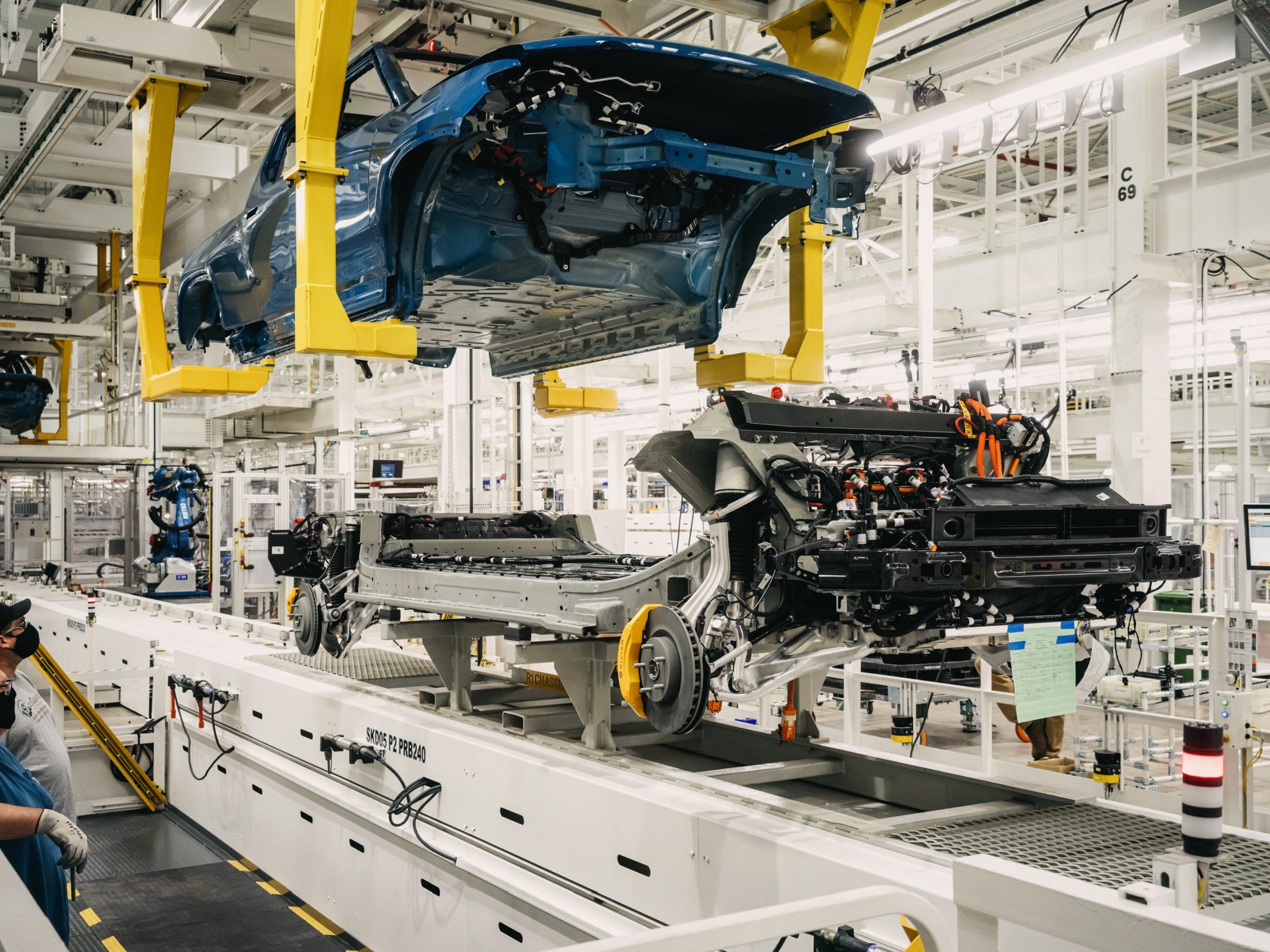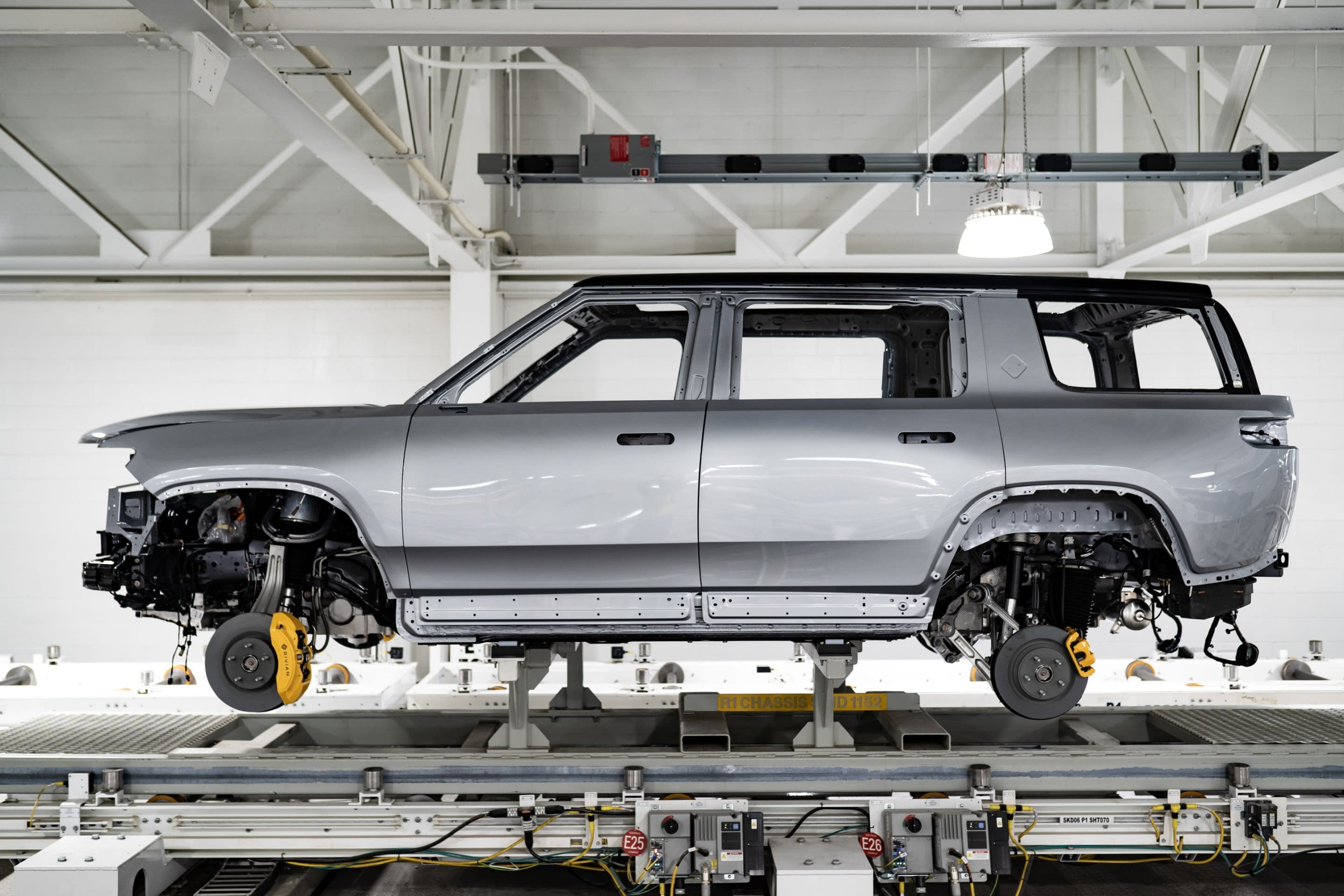Amidst a dwindling cash reserve, Rivian has been forced to temporarily halt plans for a second factory in Georgia. Despite the setback, the EV startup has applied for a federal loan to fund the construction of the facility by 2028.
However, with its financial situation deteriorating rapidly, Rivian’s ability to realize this ambitious goal remains uncertain. The company’s recent financial performance has been marked by disappointing results.
Rivian delivered fewer vehicles than expected in the third quarter and announced a lower full-year production guidance. Additionally, the EV startup’s partnership with Volkswagen, which was once seen as a strategic advantage, has not provided the expected boost to its financial stability.

As Rivian struggles to maintain its operations, the company has been forced to take drastic measures to reduce costs. These efforts include cutting jobs, delaying product launches, and negotiating with suppliers for more favorable terms. However, even with these measures in place, it remains unclear whether Rivian will be able to achieve profitability in the near future.
The federal loan application represents a significant gamble for Rivian. If the company is able to secure the funding, it could provide a much-needed lifeline. However, the loan also comes with significant risks. If Rivian is unable to meet the terms of the loan, it could face severe financial consequences, including bankruptcy.
Ultimately, the future of Rivian depends on its ability to overcome a number of significant challenges. These challenges include improving its financial performance, strengthening its partnerships, and successfully go through the highly competitive electric vehicle market. If Rivian is able to achieve these goals, it may be able to secure a sustainable future.
However, if the company is unable to address these challenges, its prospects for long-term survival remain uncertain. Rivian’s decision to pursue the Georgia factory, despite the fact that it has already stated that it does not need this factory in the near future and that producing the R2 at its existing factory in Illinois would save it $2.5 billion, has raised questions about its motivations.
One possible explanation is that Rivian may have obligations to the state of Georgia as part of its incentive package for the project. However, it is also possible that the company desperately needs the cash from the loan to survive the winter and deal with the Georgia factory at a later time when the situation is more favorable.
Additionally, Rivian may be considering the long-term benefits of expanding its manufacturing capacity. By building a new factory in Georgia, the company could potentially increase its production capacity and better meet the growing demand for its electric vehicles. Furthermore, the Georgia plant could provide Rivian with a strategic advantage by giving it access to a new market and a more diverse supply chain.

However, the decision to pursue the Georgia factory also comes with significant risks. The construction of a new factory is a major undertaking that requires substantial investment and time.
If the market for electric vehicles were to decline, Rivian could find itself with excess manufacturing capacity and a significant financial burden. Moreover, the company would need to ensure that it can effectively manage its operations at two separate factories, which could be challenging.
Ultimately, the decision of whether or not to proceed with the Georgia factory is a complex one that will depend on a variety of factors, including Rivian’s financial situation, the state of the electric vehicle market, and the company’s long term strategic goals.

